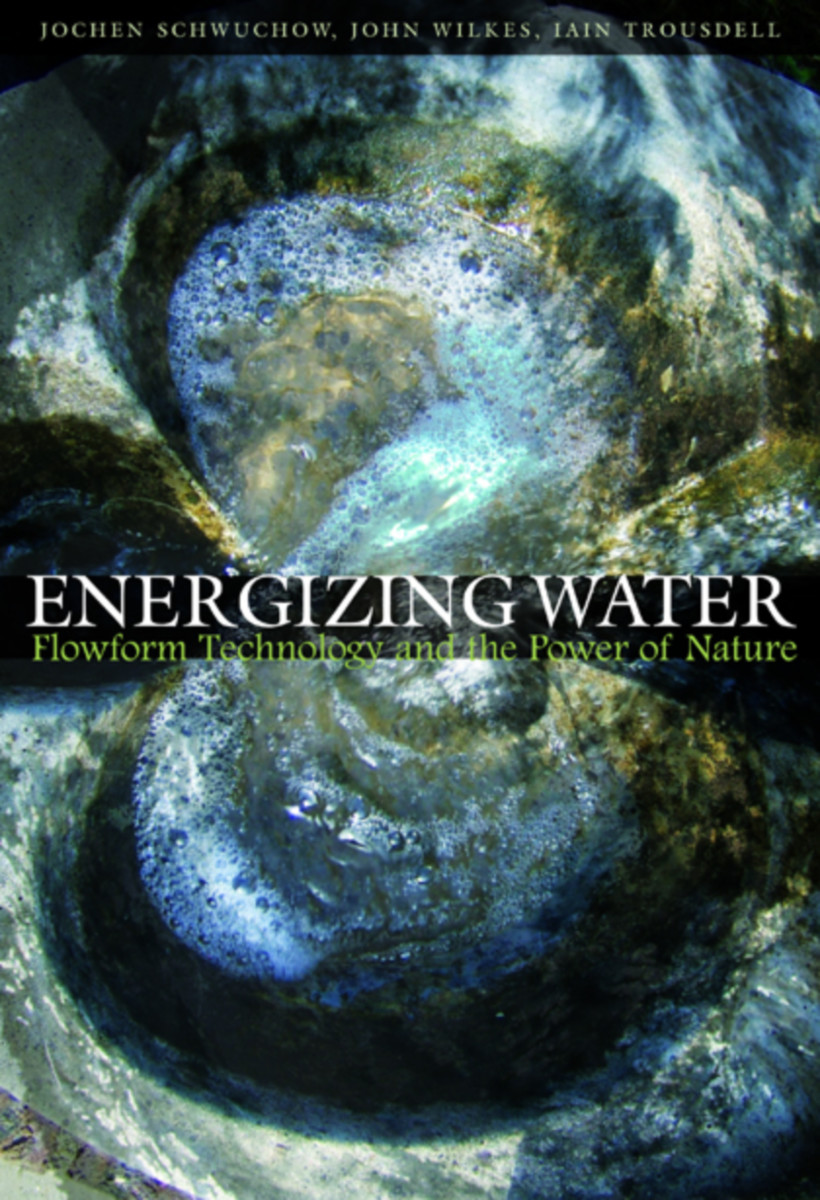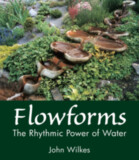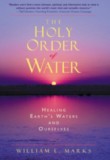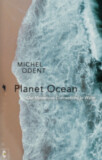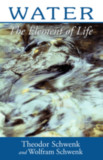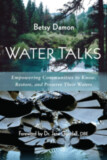Energizing Water
Flowform Technology and the Power of Nature
- Publisher
Rudolf Steiner Press - Published
29th December 2010 - ISBN 9781855842403
- Language English
- Pages 128 pp.
- Images in color
The poor quality of water and its limited supply and availability is one of the greatest challenges for our future. Presently, forty percent of the world's population is unable to find adequate fresh water.
More than forty years of research has been carried out on the positive effects of rhythms and specific flow on the capacity of water to support life. Energizing Water presents the results of that cutting-edge research to the general and professional reader at a time when interest in finding solutions to water's huge worldwide problems is growing rapidly.
Three aspects determine water quality—its chemical constituents (including oxygen levels); its organic aspects (with the danger of contamination by effluent, pathogens, and algae); and its “energetic” nature.
Water’s “energetic” nature has been recognized from time immemorial by traditional cultures, which developed their own approaches to water quality, referring to such energy as prana and qi. Now, through the introduction of quantum physics into the life sciences, modern science is also beginning to recognize this concept, measuring energy as light emission.
Research into energetic water quality—and particularly into the creation of molded surfaces that support biological purification of the chemical and organic elements, as well as enlivening the energetic attributes—goes back to the pioneering work of George Adams and John Wilkes during the 1960s. The invention of “flowform” technology in 1970 carried this research further, providing the world with one of the first modern biomimicry eco-technologies. This creative technology applies nature’s best methods to produce extraordinary results.
This book outlines the background story of the research and application of the flowform method today.
C O N T E N T S:
Introduction
1. Water Qualities Supporting Life: Background Concepts
2. Flowform Water Treatment
3. Path–Curve Surfaces and Flowform Design
4. Research into Flowform Effects
5. Recent Research at the Healing Water Institute
Appendices:
1. The Healing Water Institute: Historical Beginnings
2. Flow Research Colleagues
Bibliography
Jochen Schwuchow
Jochen Schwuchow is a freelance research and teaching consultant at Emerson College in England.
John Wilkes
John Wilkes studied sculpture at the Royal College of Art. While in London he met George Adams, a mathematician and scientist, and Theodor Schwenk, a pioneer in water research and author of Sensitive Chaos. Wilkes joined the Institute for Flow Sciences in Herrischried, Germany, where he began investigations into the flow and rhythm of water, which would eventually result in the development of flowforms. During this period, he also worked at the Goetheanum in Switzerland, where he researched and restored Rudolf Steiner's sculptural and architectural models. In 1971, he joined Emerson College in Forest Row, UK, and became Director of the Virbela Rhythm Research Institute. John Wilkes passed away in 2011.
Iain Trousdell
Iain Trousdell is director of the Healing Water Institute in New Zealand.


